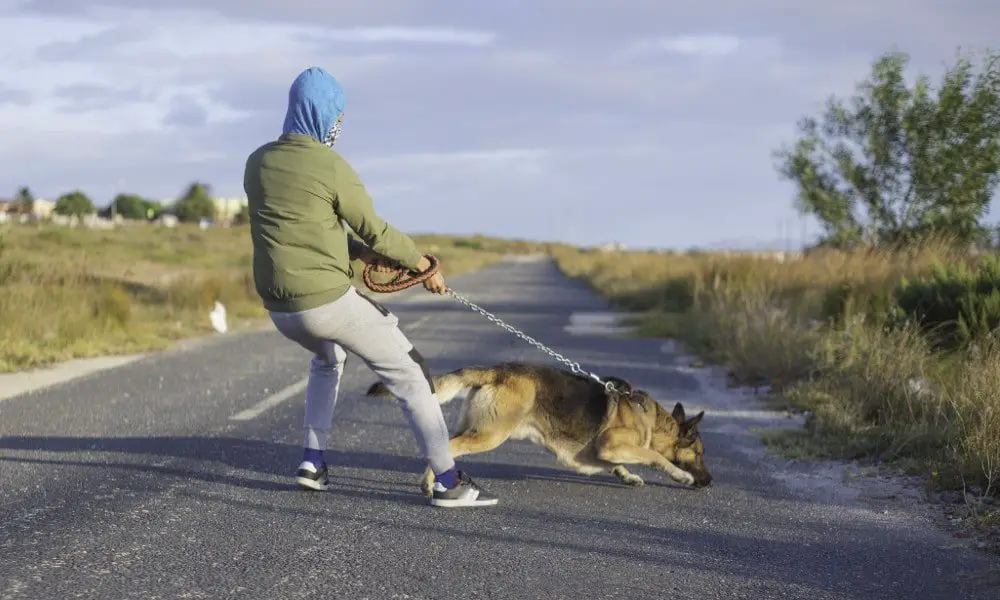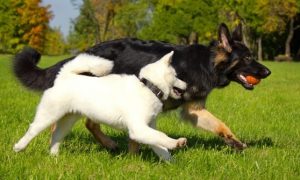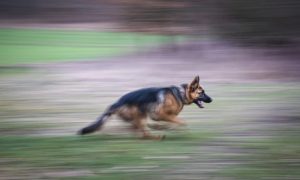Getting a brand new puppy or a rescue dog is incredibly exciting, but it does take a lot of hard work.
Most of us dream of having a relaxed, easygoing, can-take-it-anywhere type of dog – but achieving this level of “chill” can take some time, hard work, and a lot of trust between you and your pup.
Anyone who has had a German Shepherd knows that these guys love to pull on the lead.
German Shepherds originated from, you guessed it, Germany and were bred to protect sheep and herd animals in harsh conditions.
As a domesticated dog, German Shepherds can pull very intensely if they have too much energy. Lead-pulling is also a habit and one that can be broken through daily training and owner knowledge.
Let’s take a look at some ways to stop your German Shepherd from pulling on the lead.
The right tools
One question that is very common among German Shepherd owners is: what type of lead and collar/harness should I get for a German Shepherd?
While harnesses are very popular in this day and age, they encourage your dog to pull, as the harness structure lets your dog lean their entire body weight into your hand.
This only encourages bad habits, so harnesses should be avoided unless used for specific reasons, such as a wheelchair user.
Instead, you should opt for a halter lead that is placed high up on your dog’s neck.
Halter leads are not damaging to your dog; they can be used to teach your German Shepherd that when they walk next to you, the lead relaxes.
Draining your German Shepherd’s energy before lead-walking
Part of the problem with lead pulling is that if a dog has too much energy, it is almost impossible to train them – their brain is going wild, and they won’t listen.
If your German Shepherd pulls excessively, you should try draining their energy with ball games or other trick-training in the backyard before you go out for a walk.
If your German Shepherd has already had an hour or thirty minutes of strenuous exercise, they will be more tired and less likely to yank the lead when you are out on the roads.
Being an assertive pack leader
Ultimately, dogs respond to leadership. This doesn’t mean you should be rough or nasty with your German Shepherd – leadership can be quietly assertive and gentle, and in fact, this method gets the best results.
If you walk your dog with confidence, your shoulders back, your breathing calm, and your gaze focused ahead; your dog is more likely to respond positively to this body language and calm, assertive energy.
This, combined with a halter lead and the right level of energy-draining exercise, is the ideal solution for controlling your puppy or adult German Shepherd when they pull on the lead.
Final Thoughts
German Shepherds have so much energy that it can be challenging to control them on the lead. Use this blog to help guide you through your lead training!























